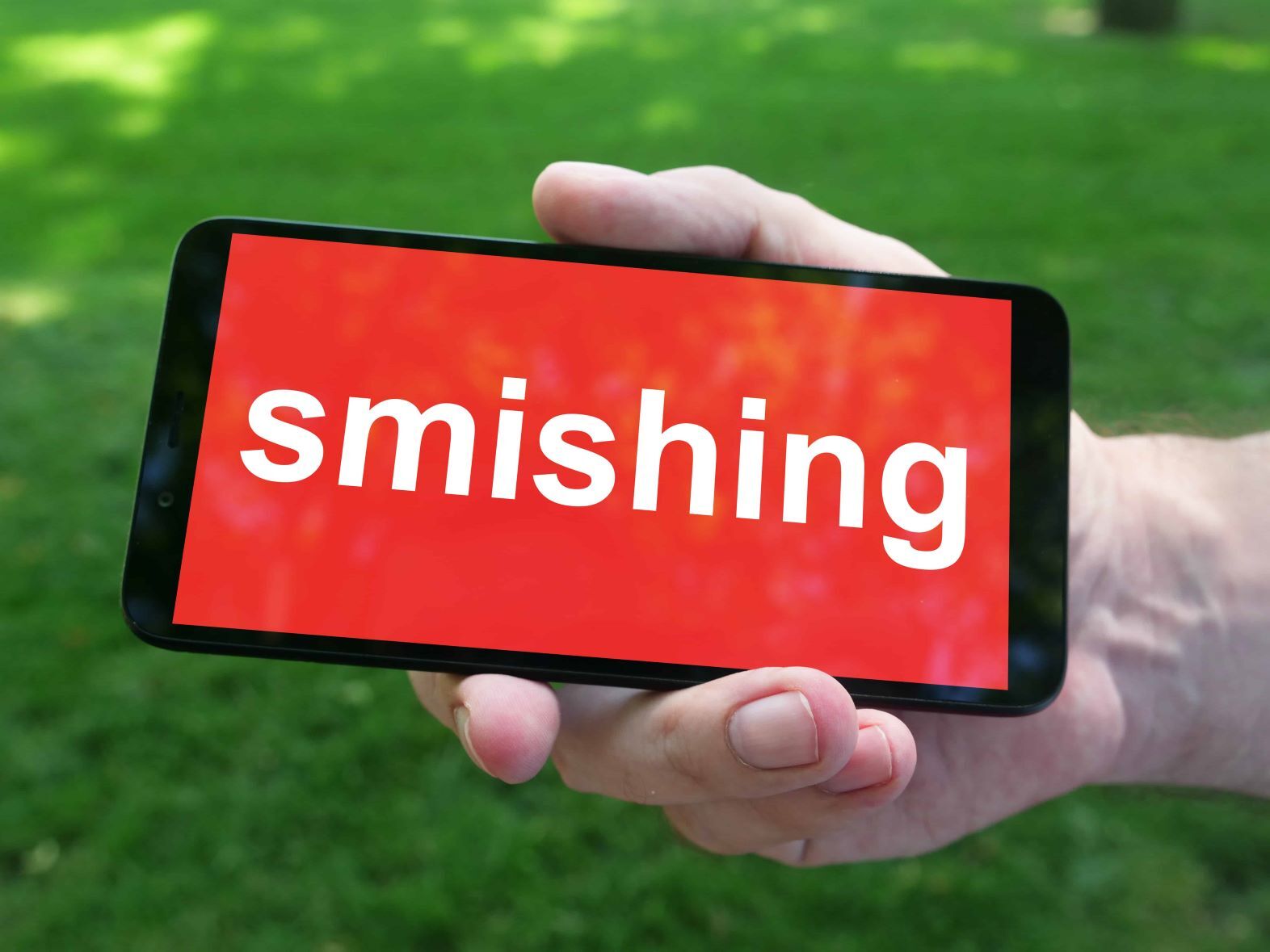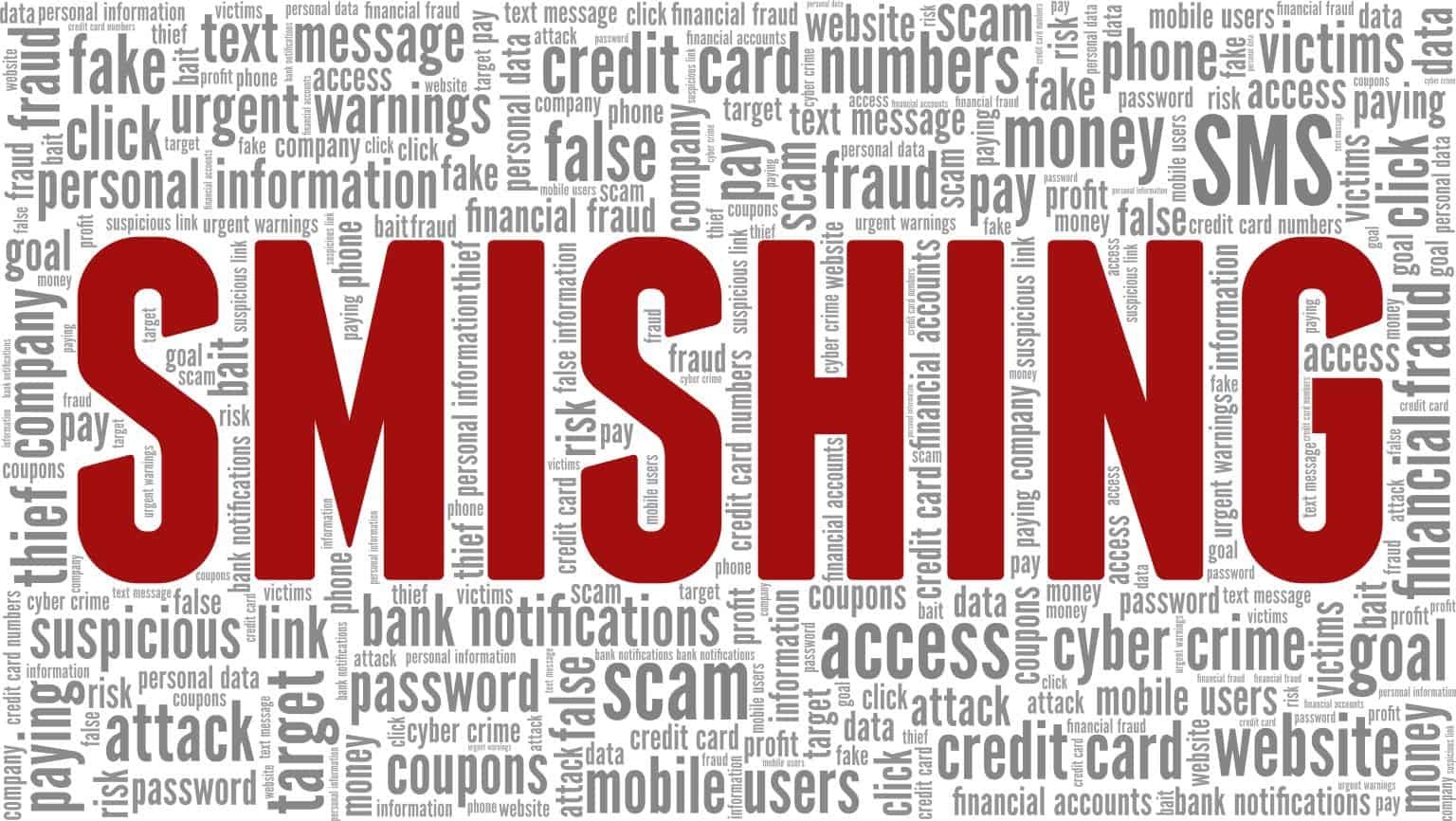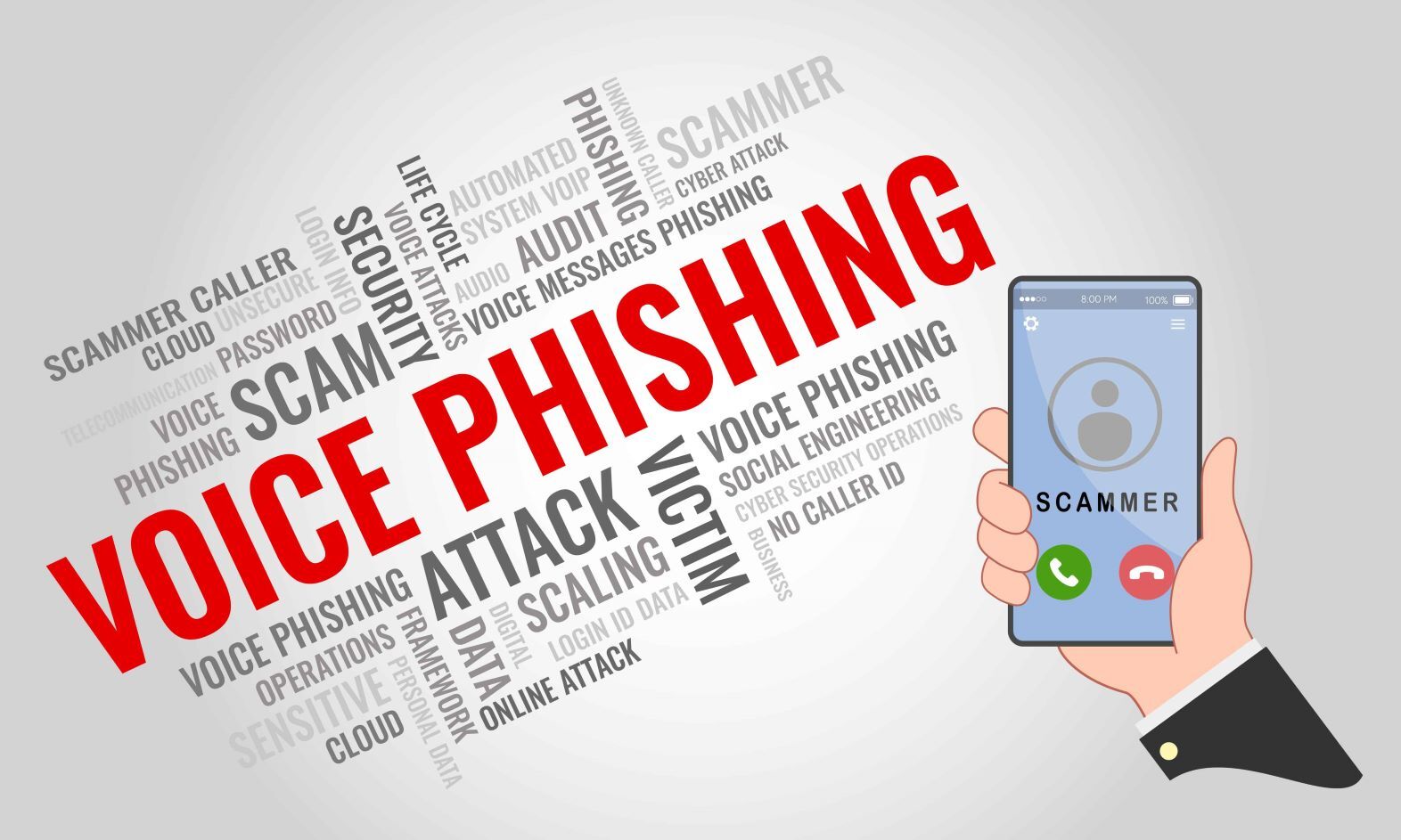Home » What is Smishing? A Complete Guide
Smishing is a type of phishing cybercrime where mobile text messages are used as bait. Also called SMS phishing, hackers use mobile SMS to disguise themselves as reputable companies, then trick the user into sharing personal information like passwords and credit card numbers.
By Cian Fitzpatrick | May 29, 2023

Smishing is similar to phishing, with the only difference being that smishing uses mobile phone SMS and phishing uses email attachments. Cybercriminals deceive the targeted victim by sending an attractive text. The compelling message tempts the victim to click the link sent by the scammer. That link either shares private information from the target’s smartphone or instals malicious software inside the victim’s phone.
Cybercriminals send a mobile text message in the name of someone credible about a lucrative offer. The compelling message realistically impersonates a reputable organisation and lures the victim to comply and follow the hacker’s instructions.
The hackers send you a malicious link as part of the process. Once downloaded on users’ phones, the link fetches the user’s personal information, like passwords and credit card numbers.
Sometimes, the link is also used for ransomware attempts. Once the hackers get access to your phone, they might hold the confidential information inside that phone as ransom.
Smishing attacks come in different, misleading forms. These targeted attacks aim to trick users into believing that the SMS text is sent from a reliable source. The decoy sounds realistic and tempting for normal users, luring them into the trap. Below are a few examples of the most recurring smishing attacks:
Hackers use smishing techniques to catch users off guard and in their most vulnerable situations. Covid-19 Smishing occurred during the desperate coronavirus outbreak of 2019. The pandemic created a chaotic environment for everyone, and the concerned health or government authorities were desperate to pass and receive communications. The distressing environment was such that people consequently followed any instructions that seemed logical and valid.
Hackers used the vulnerable situation and sent SMS messages in the names of government health officials, asking to download links for surveys or breaking news.
Gift smishing is yet another prominent smishing trick. It comes in the form of free offers of services or products from popular stores or trusted companies. These offers could be in the form of contest prizes, shopping rewards, or other attractive giveaways. Hackers take advantage of the idea of getting something for free to make you act quickly without thinking. They might create a sense of urgency by giving you a limited response time or claiming that you’ve been specially chosen for a free gift card.
Smishing scams also involve sending fake messages resembling notifications from banks or financial institutions. These messages deceive people using banking and credit card services, whether generic or targeted to a specific institution. These smishing attacks frequently include scams related to loans and investments. The attackers pose as a bank or financial institution to gain trust but aim to commit financial fraud. Warning signs of a smishing scam in the financial services category include urgent requests to unlock your account or verify suspicious account activity.
A support-based smishing scam includes receiving messages about billing problems, difficulties accessing your account, unusual activity on your account, or promises to address a recent customer complaint. The scammers impersonate helpful representatives from reputable companies like Apple, Google, or Amazon and claim an issue with your account. They provide instructions to resolve it, which are as simple as clicking on a fake login page or as complex as providing a genuine account recovery code to reset your password.
Confirmation smishing scams users with fake confirmations for a recent purchase or bill related to a service. The scammers might send a link to make you curious or anxious about potential charges, pushing you to act quickly.

Smishing messages are usually spread in two ways: traditional SMS’s and web-based messaging apps. Users often possess a high level of trust in text messages, leading them to have a false sense of security. This makes it considerably easier for attackers to execute smishing attacks. Android devices hold most of the market share, becoming a prime target for such attacks. However, despite iOS devices enjoying a strong reputation for security, iOS users are not immune to phishing-style attacks. Therefore, it cannot be assured that iOS users are free of Smishing targets. Since smartphones enable multitasking, users frequently fall prey to smishing attacks when they negligently click on links.
Phishing and smishing are identical in almost all areas, with the major difference being that phishing is a fraudulent attempt via emails, while smishing is done through mobile phone messages. Phishing is a common form of fraud where scammers trick people by using a fake email address that looks real. They include a link that asks for personal information like your full name, social security number, and credit card number. Smishing is similar, but scammers use text messages or popular messaging apps like Slack to target unsuspecting individuals instead of email.
Ignoring a mobile text you are not fully assured of is one simple technique that can prevent smishing. But in the era of mobile phones, verifying the sender every time is not a preferred choice. And on top of that, cybercriminals constantly try newer tricks to lure your attention and click.
Keeping in mind the following important factors can help you protect yourself from smishing attacks:

Smishing attacks can be frightening and harmful. Most people store personal information on their phones in various ways, and discovering that someone has access to it can cause significant stress. When someone breaches your personal phone, it not only raises concerns about the misuse of important security credentials but also puts your personal files, photos, social media accounts, and contacts at serious risk. Having your personal and sensitive information in someone else’s hands is scary. However, remaining calm and taking careful steps can help you recover from the compromise. If you become a victim of a smear attack, promptly report the suspected attack to institutions that can provide assistance and support.
Take immediate action to freeze your credit, preventing potential identity fraud from happening now or in the future. Additionally, change all passwords and account PINs whenever possible to enhance security. To minimise the damage, proactively monitor your finances, credit, and various online accounts for any unusual login locations or suspicious activities. Remember, prevention is better than cure. With the increasing number of cybercrimes, staying informed and prepared is crucial to avoiding falling victim to malware attacks.
Smishing attacks can cause panic attacks in their aftermath. However, it is important to understand and acknowledge that every country’s concerned law enforcement authorities are committed to eradicating cybercrimes. You should be wary that most smishing cases do get solved by the authorities. The reporting process will be simple: get in touch with your local police and lodge a complaint against the cyberattack. The authorities would take you around for the next few steps. However, time is of the essence in these circumstances. So it’s best to contact your local law enforcement force immediately.
With the growing vulnerability of smishing, it is important to be aware of how to avoid it and what to do in case of such attacks. Smishing occurs with links in mobile SMS texts that the hackers send in a deceiving way, often by impersonating a credible source. These scams are growing in numbers with crime, and it is important to be aware of them. Topsec is a reputable name in the field of email security. In our decades of experience, we have seen through most of these cybercrimes and we can always provide assistance.
Don't let your business become another statistic – invest in your fight against smishing
Call Us NowWarning signs of smishing include receiving messages from unusual phone numbers and claims of account issues, such as with your bank or credit card. These texts often provide a phone number to call, a website link, or an app download link. It’s crucial to remember that trustworthy companies, like government agencies, banks, or familiar retailers, will never ask for personal information via text messages.
Yes, Smishing can be controlled and stopped even before reaching your phone through sound preventive measures.
Smishing always comes in deceiving ways and tricks users into believing the message has come from a reliable source. If you accidentally click on a link in a suspicious text message, try detaching all the crucial information from your phone. If the situation gets to a very severe point, it is best to complain to the nearest police station immediately.
Apart from identity theft and financial loss, the experience of falling victim to a smishing attack is actually traumatising and long-lasting. Highly sensitive and useful credentials can be compromised, which might make you anxious. Meanwhile, the mental burden of such a horrific event might affect you in the long term.
A Smishing text tool will likely ask you to fill out a form or ask for information. The sender will deceive themselves like an authentic source, like government agencies or private entities. Cybercriminals usually play with user emotions and try to persuade or overwhelm them, ensuring that victims fall prey to the occasion and promptly comply with provided instructions.
Take screenshots of messages, emails, or other correspondence if you think you are a victim of a cybercrime and get in touch with your neighbourhood Garda station. Some of the most popular scams include phoney emails, calls, or texts that appear to be from legitimate businesses.
